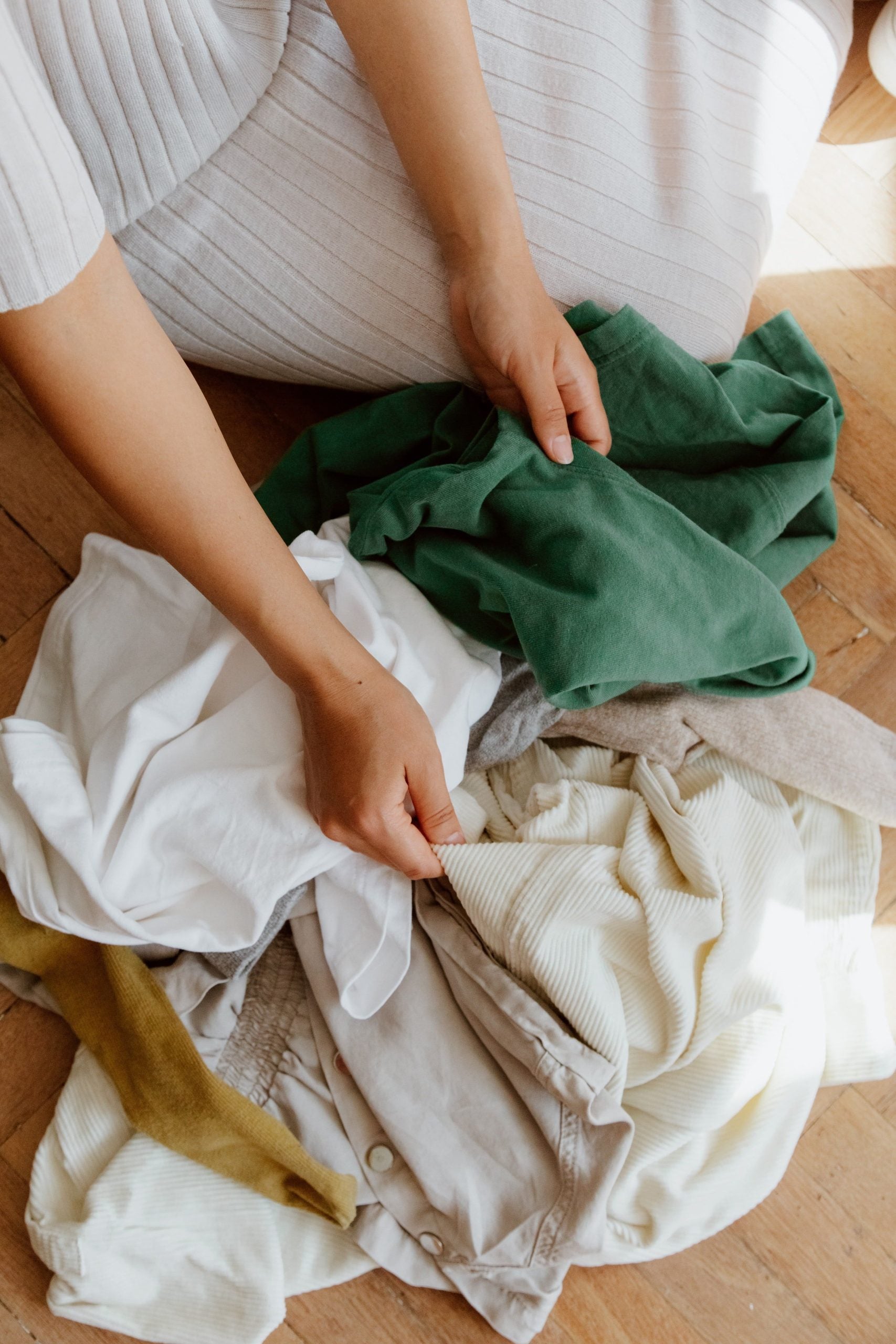
Launched today (31 January), Sorting for Circularity, a framework created by Fashion for Good and Circle Economy, aims to (re)capture textile waste, expedite the implementation of game changing technologies and drive circularity within the fashion value chain.
The framework is based on insights from the Fashion for Good and Apparel Impact Institute’s collaborative report “Unlocking the Trillion Dollar Fashion Decarbonisation
Opportunity”, which charts a trajectory for the industry to meet its net-zero ambition by 2050, highlighting the potential and significant impact on carbon emissions in the industry through material efficiency, extended and re-use of waste.
This effort is crucial to understanding and evaluating the business case for textile-to-textile recycling, ensuring that used textiles move to their best and highest end use, added Fashion for Good. Created with scalability in mind, the Project was first initiated in Europe, and has now expanded to include Sorting for Circularity in India and the USA.
A growing, untapped resource
Based on the World Bank (2021) Global Consumption Database: Clothing and Footwear, textile waste is now the fastest growing segment of the USA’s waste stream, with the amount of discarded textiles increasing annually. Another report ‘National Overview: Facts and Figures on Materials, Wastes and Recycling’ by the United States Environment Protection Agency (2019) states that although, some of this waste is reused, 85% of the textile waste ends up in landfills.
According to Fashion for Good, key elements to supporting the growth of textile-to-textile recycling include understanding material composition, volume and location of used textiles, as well as expanding access to textile recycling. With a scaled textile collection and sorting infrastructure, the industry could capture used textiles, sort them for the best and highest quality end use, and fulfil the increasing demand for both secondhand and recycled commodity feedstock.
Fashion for Good has launched the Sorting for Circularity USA project to address this challenge and uncover feedstock availability for textile-to-textile recycling.
Katrin Ley, managing director at Fashion for Good, said: “We are excited to be taking the Sorting for Circularity Project into new territory and entering the North-American market. After successful initiatives across such large regions as Europe and India, the US presents a great opportunity for innovation and circularity considering the volume of the consumer market and post-consumer textiles landscape. This project will lay the foundation to make informed investment and infrastructure decisions, demonstrating the business case for alternative revenue streams from a vast untapped resource.”
Jeffrey Hogue, chief sustainability officer at Levi Strauss & Co, added: “We are advancing design and material innovations to produce more clothes that are
used more, made to be made again using safe, recycled and renewable inputs that
contribute to a more circular product cycle, where recycling infrastructure is critical
in closing the loop. Through our partnership with Fashion for Good and the series of
Sorting for Circularity projects, we’re hopeful we’ll uncover an opportunity to advance the circular economy to unlock scalable solutions that reduce the impact of the current take, make, waste model.”
Driven by Fashion for Good, the Sorting for Circularity USA Project is facilitated by brand partners, Adidas, Inditex, Levi Strauss & Co, and Target, as well as Eastman, H&M and Nordstrom, as external partners.



